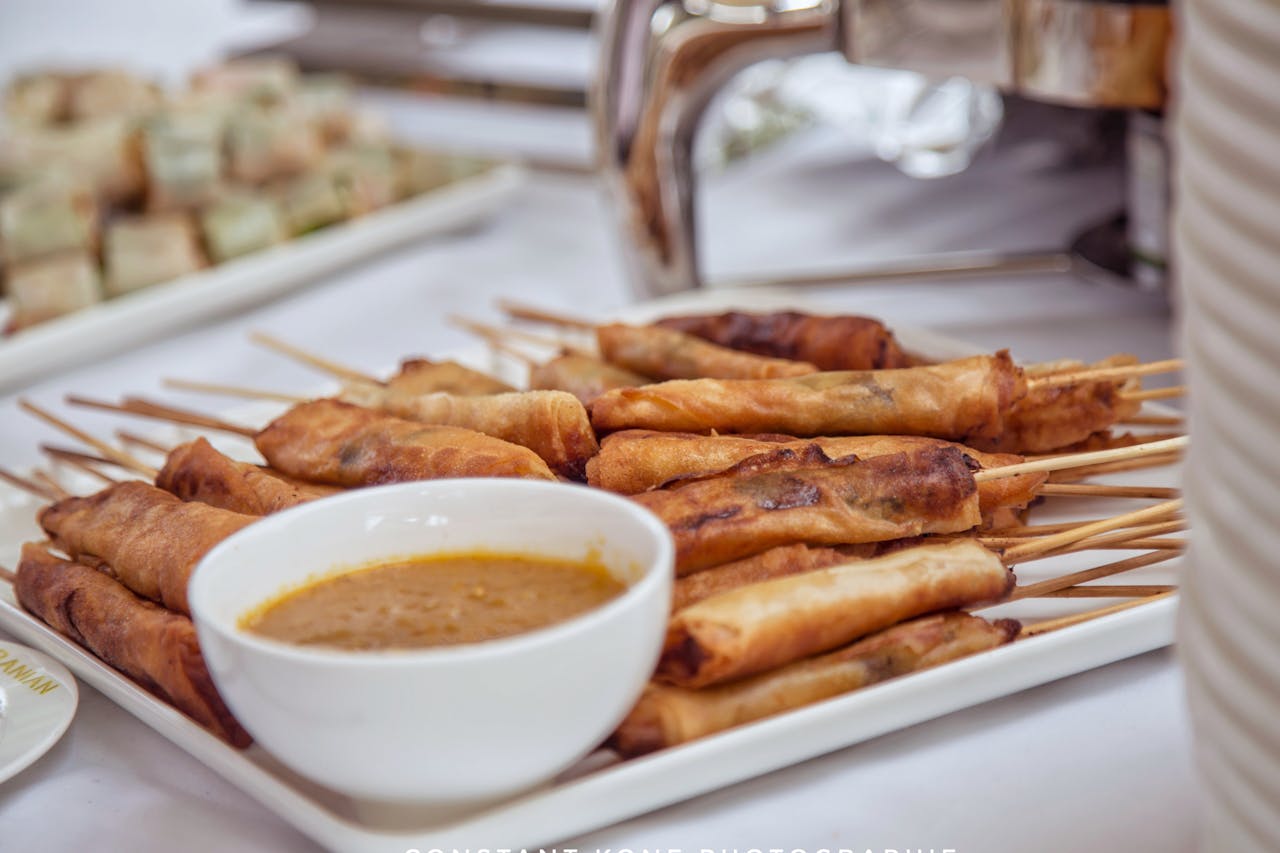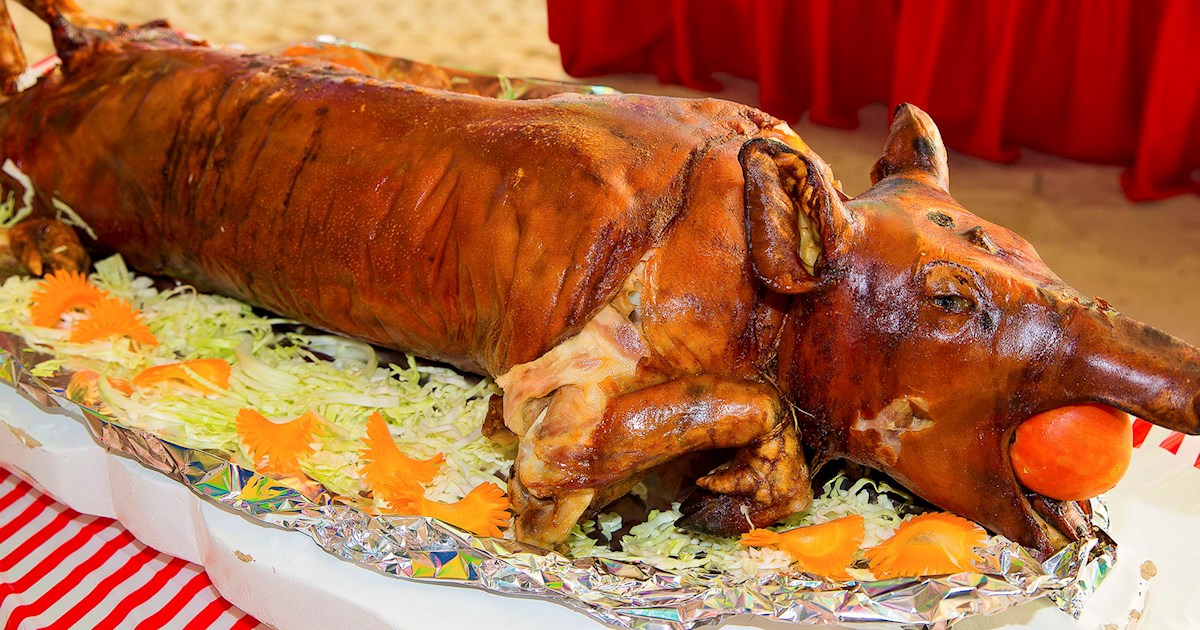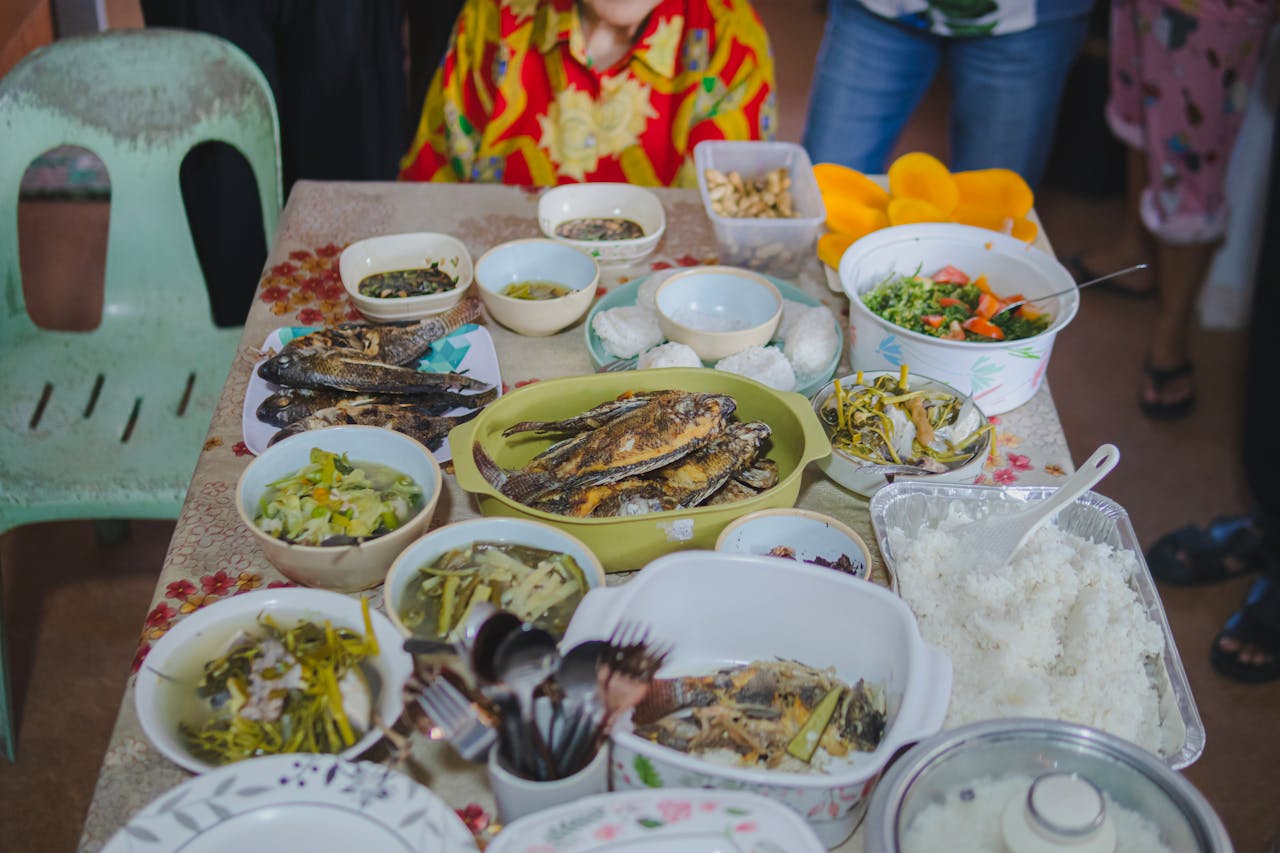The Impact of the Filipino Food Culture and Traditions
The meals you enjoy today are a vibrant reflection of history, culture, and identity. Each bite carries centuries of Filipino ingenuity, foreign influences, and the diverse flavors of the archipelago.
Iconic dishes like adobo, sinigang, and lechon tell stories of cultural exchanges and resourcefulness. These traditional recipes and practices, though evolving, continue to bring families and communities together, preserving their roots in Filipino identity.
This article explores the evolution of Filipino cuisine, the influence of regional variations, and the vital role food plays in celebrations. Discover how these culinary traditions shape modern consumer behavior and trends in the food and beverage industry today.
Evolution of Filipino Culinary Traditions
Every dish tells a story of adaptation and fusion, reflecting the country’s rich past and diverse influences.
Pre-colonial influence
Before the arrival of foreign influences, indigenous Filipinos, particularly those from Cebu, relied on three primary food preparation methods: kilaw (marinating raw meat in vinegar and spices), sugba (grilling over coals), and tuwa (cooking in liquid).
Filipinos of the time took advantage of any meat source available, including fish, pork, crustaceans, and chicken.
Spanish and Mexican influence
Spanish colonization and the galleon trade introduced a dizzying array of new ingredients and techniques. Tomatoes, corn, and spices became integral to Filipino kitchens, while elaborate dishes such as adobo and lechon emerged. Many recipes, such as afritada and menudo, reflect the Spanish love for hearty, flavorful stews, often adapted to local tastes.
Chinese and Malay influence

The Chinese brought noodles, soy-based sauces, and cooking methods that inspired beloved dishes like pancit and lumpia. Meanwhile, Malay influence introduced vibrant spices and coconut-rich dishes like kare-kare, adding depth and richness to the Filipino culinary palette.
American influence
The American occupation ushered in canned goods and convenience foods, laying the groundwork for fast-food culture in the Philippines. Staples like condensed milk, corned beef, and hot dogs became household favorites, blending effortlessly into local recipes like spaghetti and halo-halo.
The Role of Food in Filipino Celebrations and Daily Life
Food is more than sustenance in the Philippines; it is a cornerstone of celebrations, family bonds, and cultural identity. Whether during grand festivities or simple daily meals, Filipinos express love, gratitude, and togetherness through food.
Food plays a central role in celebrations and daily life, serving as a powerful expression of Filipino culture and identity that bridges generations and unites communities.
Fiestas

Fiestas are grand community celebrations honoring patron saints, highlighted by an abundance of food and festivity. Tables overflow with local specialties like lechon and kaldereta, showcasing both the host’s hospitality and regional culinary pride. These gatherings bring neighborhoods together, strengthening bonds and fostering a sense of community.
Noche Buena
On Christmas Eve, Filipino families gather for Noche Buena, a special feast that reflects the warmth and joy of the season. Traditional dishes like ham, queso de bola, and bibingka take center stage, accompanied by modern favorites. It’s a time for family members to reconnect, share blessings, and create lasting memories.
Religious significance
Religion also plays a vital role in Filipino food traditions. During Undas (All Saints’ Day), families typically prepare kakanin like puto and suman to honor their departed loved ones. Other religious occasions, such as Holy Week or fiestas, also feature symbolic dishes that reflect faith and reverence.
Food as a daily social bond
In daily life, communal dining remains central to Filipino eating habits. Meals are rarely eaten alone, as they serve as moments to strengthen family and community ties. Sharing food is considered an act of care and unity, whether at the family table or a simple gathering with friends.
Impact of Filipino Food Culture on Consumer Behavior and the Food Industry
Filipino food culture continues to shape modern consumer behavior and food industry trends. A deep connection to traditional dishes, paired with evolving tastes and global influences, drives innovation in how Filipino cuisine is enjoyed both locally and internationally.
Rise of Filipino food abroad
Filipino cuisine is gaining global recognition, with restaurants in the US, Canada, and Europe flourishing. A prime example is Kasama in Chicago, a Michelin-starred Filipino-inspired fine dining establishment that sets a high standard for the cuisine on the global stage.
Famous dishes like adobo, sinigang, and halo-halo are becoming internationally celebrated, introducing global audiences to the unique fusion of flavors that define Filipino food. Tortang talong also recently made headlines as one of the top egg-based dishes in the world, according to Taste Atlas.
These accolades reflect the growing interest in Filipino cuisine, positioning it at the forefront of international culinary conversations.
Preference for home-cooked meals
In the Philippines, the love for home-cooked meals remains deeply ingrained in the culture despite the popularity of fast food chains. This preference has driven the success of meal delivery services that offer ready-to-cook or fully prepared traditional dishes.
Families can now enjoy comforting meals like kare-kare or tinola with convenience, bridging tradition and modern lifestyles.

This attachment to homemade flavors also at least partially explains the widespread appeal of karinderyas, local eateries that serve home-style dishes at affordable prices. These establishments cater to working Filipinos who crave the comfort of traditional meals during their busy days.
Modern food trends
The Filipino food industry thrives on creativity, blending heritage with innovation. Buffet-style dining remains popular for its communal nature, allowing diners to sample a variety of dishes in one sitting. At the same time, modern twists on classic recipes, such as adobo pizza and sinigang ramen, are attracting younger, more adventurous foodies.
The rise of food delivery apps has made traditional Filipino dishes more accessible, especially in urban areas. Many businesses now offer regional specialties like Ilocano bagnet or Bicol express through these platforms, reaching a broader audience beyond their localities.
Consumer behavior and preferences
As global food trends emphasize sustainability, Filipino consumers are increasingly seeking organic and locally sourced ingredients. This shift reflects a growing awareness of health, environmental impact, and food quality, encouraging local businesses to adapt while preserving Filipino culinary heritage.
Filipinos are also embracing plant-based alternatives in traditional dishes, demonstrating how the cuisine can evolve with dietary changes while maintaining its cultural essence. This balance between tradition and innovation highlights the resilience and versatility of Filipino food.
The future of Filipino cuisine
As global tastes continue to evolve, Filipino cuisine is poised to make even greater strides both locally and internationally. With its unique flavors, deep cultural roots, and innovative adaptations, Filipino food remains a dynamic force in the food industry, shaping consumer behavior and bridging generations with every dish.
Food, Culture, and Social Media Influence
As the Social Media Capital of the World, it’s no surprise that the strong food culture also expresses itself in the country’s social media consumption. It’s incredibly useful in amplifying and transforming how people perceive and appreciate food both locally and globally.
Food vlogging and influencers
Filipino and international influencers play a key role in showcasing Filipino cuisine to the world. Through vlogs and short-form videos, creators highlight traditional and modern dishes, often sharing their cultural significance and unique flavors.
YouTube and TikTok channels like the ever-popular Panlasang Pinoy offer a captivating introduction to Filipino food culture, featuring everything from sinigang recipes to street food tours.
Instagrammable food

Did you know that over two-thirds of millennials post food photos on social media? Dishes like ube desserts, halo-halo, and various rice meals are visual delights that shine on Instagram. Their eye-catching colors and creative presentations make them highly shareable, sparking curiosity and increasing their global appeal among food enthusiasts.
Global reach
Social media has also fueled a growing interest in Filipino food festivals, pop-up restaurants, and campaigns that promote Filipino culinary traditions abroad. Initiatives like Filipino Food Month gain traction online, while pop-up events in cities like New York and London bring Filipino flavors to an international audience.
Culture in Every Plate
Filipino food culture is more than a collection of recipes—it’s a vibrant reflection of history, diversity, and social life. The dishes enjoyed today carry the stories of ancestors while showcasing the creativity of contemporary chefs. Moreover, it’s an important data source for businesses to understand customer preferences.
The evolution of Filipino cuisine showcases its resilience and adaptability, all while preserving its core identity.
As Filipino food continues to influence and be influenced by global trends, it proves that food is more than sustenance—it’s a bridge between cultures, generations, and values. Whether through a humble bowl of sinigang or a gourmet twist on adobo, Filipino culinary traditions remain deeply rooted in the national identity.
If you’re looking to analyze your customers’ evolving tastes and trends, consider partnering with Inquiro, a premier business analytics company in the Philippines. Request a demo today and discover how our customer data services can help you turn insights into impactful strategies.



